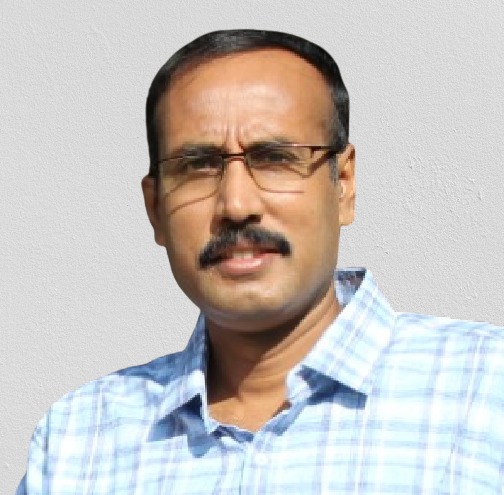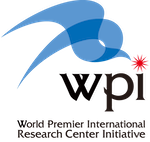Collaborating to Learn: a Pursuit of Knowledge with Dr. Surajit Dhara
When Dr. Surajit Dhara, a professor of physics at the School of Physics in the University of Hyderabad, stepped off the plane in Hiroshima, coming to give his seminar at WPI-SKCM², it was not his first time in Japan. Since 2006, he has traveled to Japan from his home country of India numerous times for various research opportunities. And after hearing him speak about the country, we suspect it will not be his last.
Even before he came to Tokyo in 2008 as a visiting professor where he worked with the renowned Hideo Takezoe on liquid crystals at the Tokyo Institute of Technology, he had traveled to Japan numerous times for different collaborations with different scientists. “I have visited maybe more than 20 to 25 countries but I think that I like Japan the best,” he said upon being asked about his past experiences, from 2 month stays, to living with his family near Tokyo for 10 months. “Aside from the research environment, my personal life was very satisfying in Japan, because the Japanese hospitality is to me the best in the world. That is my personal experience.”
However, this was his first time visiting Hiroshima, and Hiroshima University. Based on his previous experience in Tokyo, and the desire to learn more about Hiroshima, it’s history and especially its changes after World War 2, he made his trip to visit the WPI-SKCM² lab extra long, giving himself plenty of time to explore this colorful region of Japan. During his week-long stay, he was able to speak with many young scientists at Hiroshima University, spend some time seeing Hiroshima University’s campus, and go to Hiroshima City to see the Atomic Dome and Peace Park. After his exploration he concluded that Hiroshima is “fantastic”!
And in this motivation to see Hiroshima, with its tragic history of the atomic bomb, we see a common thread that continues through to his research: the desire to learn. He became interested in his own research area through his hope to learn about and understand something that cannot be seen and felt with your bare eyes and hands. Topology is an abstract concept in mathematics, and cannot be easily understood. However, this fact did not intimidate Dr. Dhara, but instead planted a seed of curiosity within him. He wanted to see and understand this unknown. He wanted to learn.
When asked about his strategy for collaboration in a research environment, his reply was similar; “Every collaboration opportunity I look at actually as an opportunity to learn something new.” He strives not to enter a collaboration expecting to be an instructor, but to gain new knowledge and skills from scientists in other disciplines. When he himself learns a lot, he sees the collaboration as a great success.
In fact, he sees collaboration with researchers of other disciplines as especially necessary for his research.
His research involves turning “defects” in the topological structure of liquid crystals into advantages. He studies the behavior of these defective liquid crystals and has been able to discover ways in which he can use light to achieve directed motion with certain defects and create tunable colloidal assemblies, which can then be further experimented on. However, he says that finding these defects in nature is a very difficult and tedious task. Yet, with a little help and knowledge from his colleagues in other disciplines, this becomes less of a challenge.
“I am a physicist, I cannot make molecules. I need chemists’ support. They are the people who make the specific kind of molecules which are required for my research,” he explained. He sees interdisciplinary teamwork as something that cannot be forgotten in the journey to new innovations, especially in his field of soft matter physics. For him, interdisciplinary communication is not a challenge, but a way to open his mind to new possibilities and accept knowledge that he cannot obtain by himself. If both parties build upon their own knowledge, then both scientific fields can benefit. Ultimately this attitude aligns perfectly with the philosophy of WPI-SKCM², where we seek to gather brilliant researchers from many different disciplines to come together and work towards our common goal of discovery and innovation. We are incredibly grateful to have him as an affiliate of WPI-SKCM², and look forward to further collaboration and more opportunities to learn from him.
If you are interested in learning more about him and taking a look at his research, you can check out his website and affiliate information here: https://www.surajitdhara.in/ & https://wpi-skcm2.hiroshima-u.ac.jp/people/surajit-dhara/



